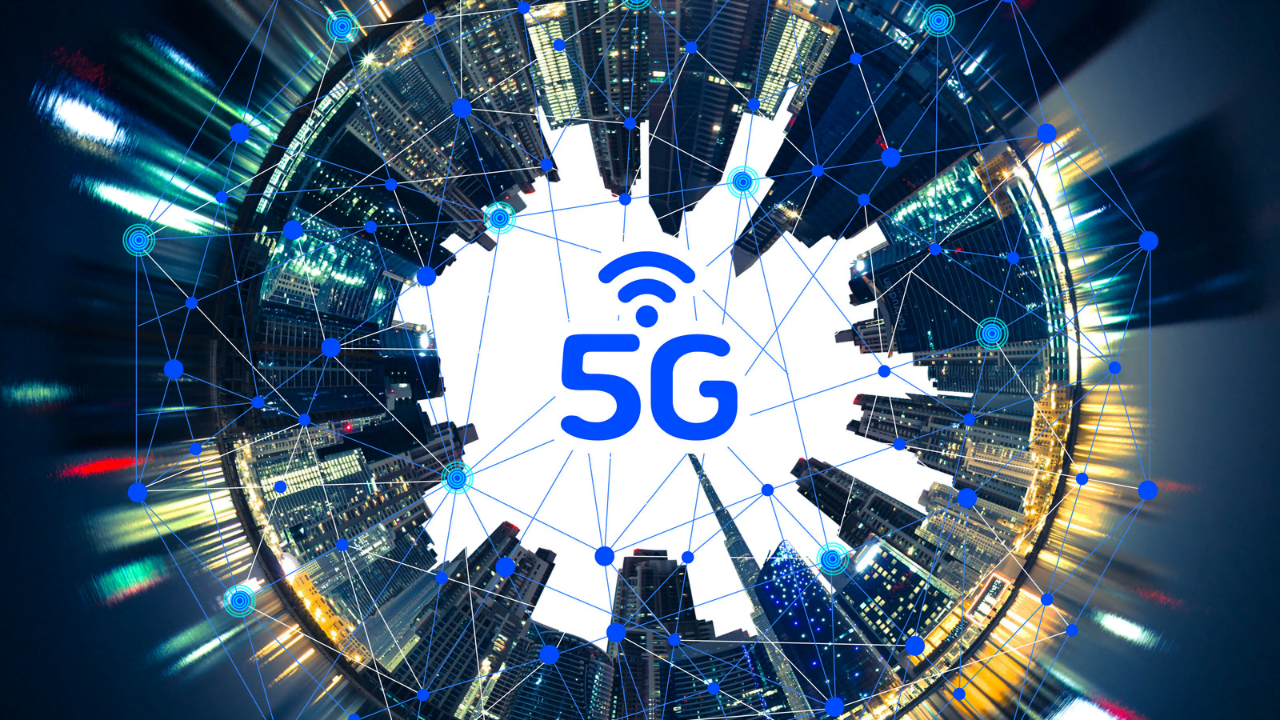If you upgraded your phone this year and are on any of the Big three carriers, you may have noticed some new 5g indicators. Every Cell Carrier has their own spin on 5G nomenclature, and consumer confusion is only growing. This consumer confusion is compounded by the fact that not all 5G is 5G at all and, in many ways, is only there to mislead the consumer intentionally.
This confusion starts with “5G E,” which is just 4G LTE rebranded, transitioning to “5G,” which varies from 5G sitting on top of a 4G LTE signal to holding its own spectrum slices. This confusion is only exacerbated by the Big 3 branding efforts for their massive ultra capacity, mid-band 5G, and millimeter 5g providing multi-gigabit speeds; it’s a lot to take in.
It’s time to cut through the terms and define all these 5G in a way that’s understandable and relatable to regular people like you and me. But to understand why 5G is the mess that it is today, we need to know how we got here.
The Legacy of the Pandemic on carriers.
The pandemic has passed long ago, but the fundamental re-shaping of our society has compelled carriers to revamp their Cellular plans completely. They discovered that demand for their services nationwide exponentially increased during and after the pandemic carriers no longer have a great desire to allow unlimited data without some network management.
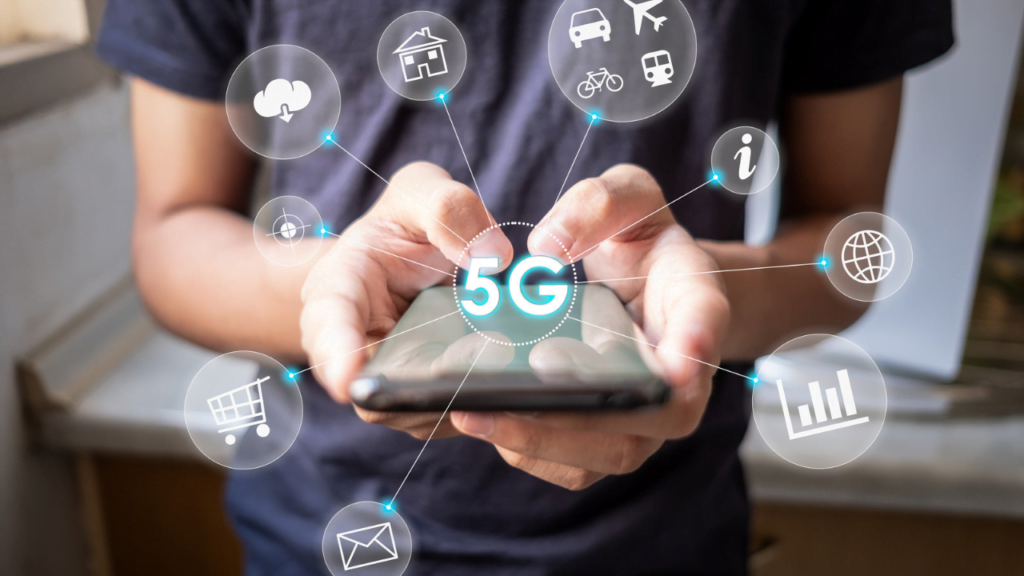
In an effort to bleed off legacy plans, they introduced new APNs under the guise of having new ways to access the latest 5G technology. This artificial segmentation was a great way to artificially force users to use 5G, showing wall street a massive influx into the 5G network even if the 4G LTE network was in many places superior.
Furthermore, this artificial limitation allows the carriers the discretion to turn off the higher tier features on older plans such that to benefit from all the latest and most outstanding offerings, you would need to upgrade your plan. Unfortunately, all this artificial segmentation overburdened the limited 5G capacity during the pandemic. Though the situation has improved, new solutions are needed to meet the new bandwidth requirements.
The change in the way we use data
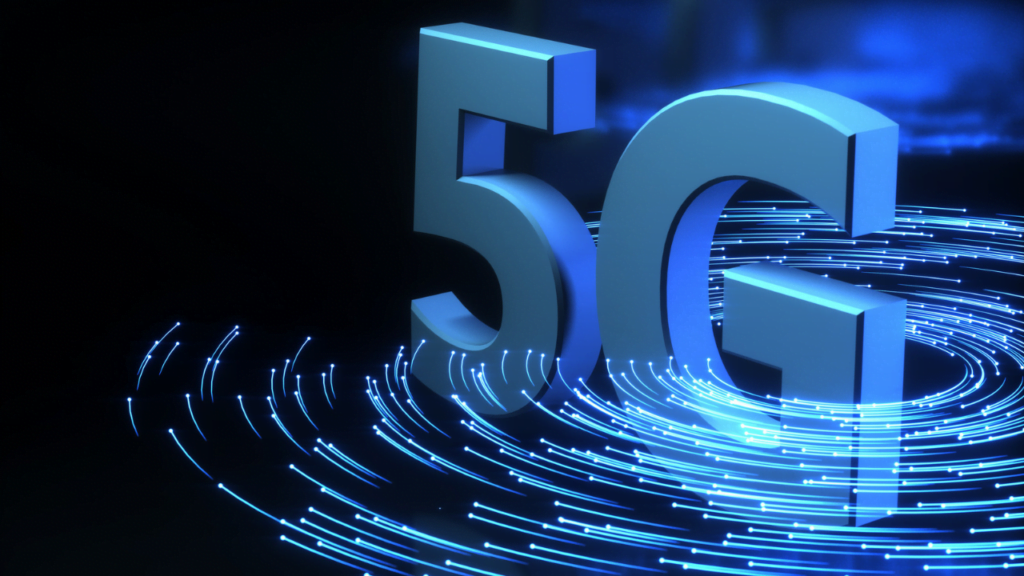
Fundamentally, how we use data has changed in the last three years. Prime time for carriers is no longer when children get out of school from three pm until 10 pm. Now primetime data usage is 24/7 and shows no sign of letting up on traditional ISPs using fiber and cellular carriers. This is a fundamental shift from people traveling into offices and using the office’s big fat internet pipe to handle most internet load for devices.
Now everyone is using data to download documents or maintain the VPN connection back to the office. But they are also using massive amounts of upload bandwidth to conduct zoom meetings, coordinate with others in their team, or turn in a school assignment.
This demand for symmetrical data and abundant bandwidth has been the primary factor in carriers improving their spectrum holdings and reallocating their existing spectrum from 4G LTE to 5G as quickly as they can install the hardware. Yet despite all this massive investment to address the needs of today’s consumer, 5G faces an ironic yet tragic communication issue.
The 5G messaging problem.
Carriers have a massive problem facing them as consumers are burning out on everyone using a number followed by the letter G. Already, videos are complaining that the 5G hype failed to deliver and that, ultimately, 5G has no meaning. Citing that 5G is now on everything from IoT to tractors to trains to your Wi-Fi routers, 5G has a metric ton of confusion surrounding what 5G really means.
This is a massive hurdle that, at this point, cannot be overcome. Given the headwind of the brand, dilution carriers have decided to come up with their versions of the 5G name. Then pushing the 3gpp to adopt the monikers and, once adopted, use them as advertising to show how their “flavor” of 5g is unique and somehow better than their competitors. However, this hides the fact that just because one carrier has a millimeter wave and another has Ultra Capacity while another has 5G NR, they all use the same standard for 5G.
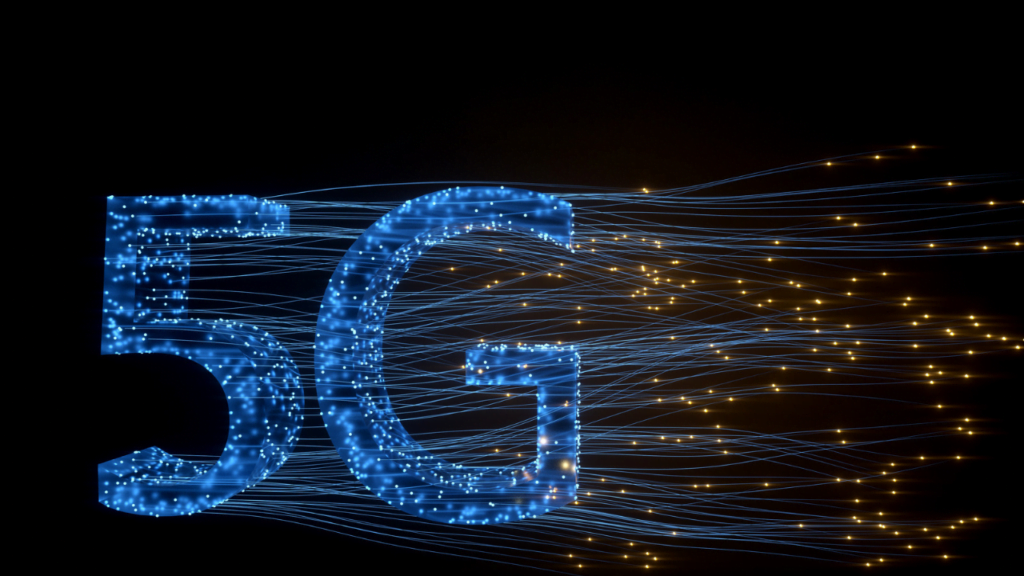
That last point is critical as it allows an iPhone 14 or the latest Samsung to switch carriers without losing performance or speed. As 5G continues to improve with new improvements on old ideas, IE, what MIMO was for 4G, so too will MIMO be for 5G. It would be helpful to define some terms so that you, the reader, know what all these industry jargon terms are so you can make an informed decision about which 5G makes the most sense for you.
Its time to come to Terms
Defining all the flavors of 5G that a consumer is exposed to is no small task. This is complicated by the fact that some “5G” is not even 5G but, in fact, 4G LTE rebranded. Kicking things right off, we have ATT’s “5GE” as 5GE is a term you only see on ATT and is really a leftover from before proper 5g was deployed on ATT’s network. 5GE is really 4GLTE using carrier aggregation. It is roughly equivalent to an outstanding 4G LTE experience.
Next up is 5G or 5G NR, which can be swapped with each other as they mean the same 5g is the abbreviated version of 5g NR. 5G NR stands for fifth generation next radio standard developed by the 3gpp as a RAT or Radio Access Technology. It is true 5G, despite what the carriers want you to believe, is the standard upon which all the other “versions” of 5G rest.
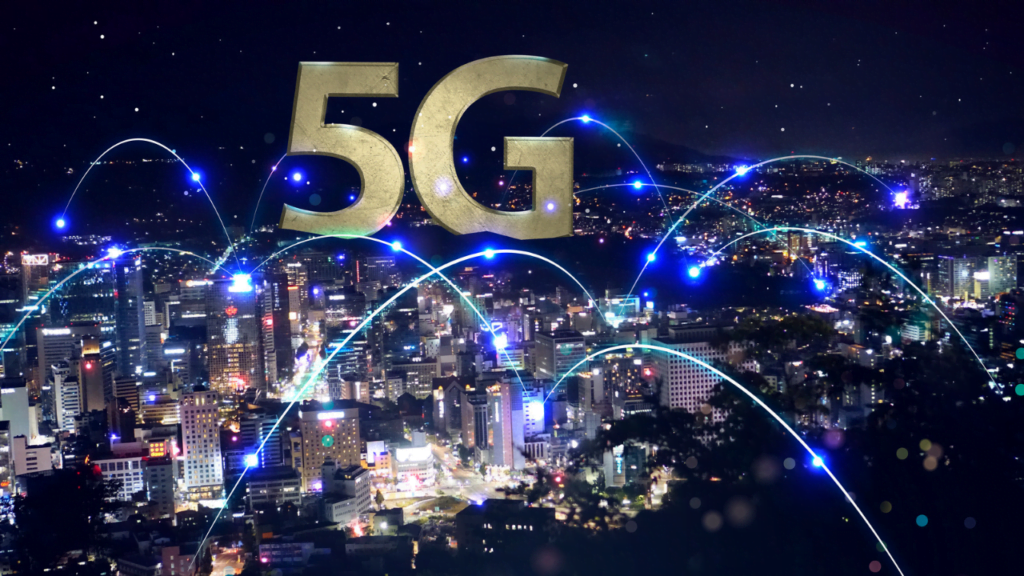
It is the language both phones and towers must speak to communicate, and this will be important to keep in mind when we start to talk about the more exotic versions of 5G. Those exotic versions still use the 5G NR protocol to communicate with each other and facilitate handoff from tower to tower. 5G+, 5GMM, and 5GUC are three excellent marketing terms to describe 5G NR over a specific frequency.
At their heart, they are still 5G NR and use the 5G NR signals; however, the frequency that they operate at and what bandwidth they can deliver over them do deserve some distinction if only to help you, the consumer, understand your options.
AT&T’s High end 5G offerings, aka 5G Plus
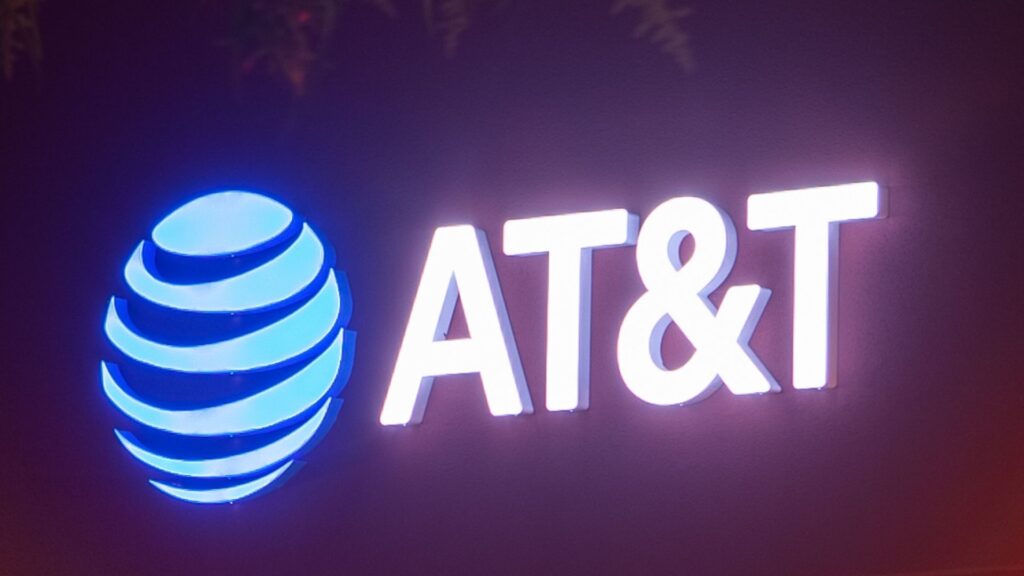
5G+ or Five G Plus is ATT’s best tier network performance for their network and makes no distinction between their mid-band holdings and their millimeter wave spectrum. This intentional choice to not differentiate between their mid-band and millimeter wave can lead to confusion of expectations as those who are used to millimeter performance in excess of 3gbps will have those exact expectations when on mid-band and discover that the total capacity is nowhere near equivalent.
IE only a few hundred megabits per second, assuming the tower load is minimal. To help reduce congestion on both millimeter waves and other frequencies that ATT uses, all AT&T’s 5G plans are subject to network management to various degrees and, depending on the plan, also a premium data bucket.
It should be noted that although AT&T’s 5G network claims that their top-end plan has unlimited premium data, it is still subject to network management as they cap the type of data that can traverse their network by putting limits on what kind of media quality settings you can stream IE 4k but not 8k, etc.
Special Note: With ATT they have 5GE which is not 5G but is in fact High end 4G LTE. Furthermore, ATT uses spectrum sharing to put small slivers of 5G signal on top of its low-band spectrum 4G, and c-band spectrum. As AT&T is the only carrier to do this they get a special mention here.
Verizon the speed king: 5G Ultra Wideband

5G UWB, or ( 5G Ultra wideband) sometimes seen as 5G UW is Verizon’s high-end offering of 5G. It is still a regular 5G NR but operating at mmwave wave spectrum and can deliver some genuinely insane speeds in excess of 10GBP’S. Yes, that’s 10 Gigabits per second, equivalent to the high-end consumer fiber offerings but over the air.
However, there are some significant downsides to the millimeter wave spectrum, and Verizon is no exception to the rules of physics. The millimeter spectrum is blocked by physical obstacles such as simple glass, brick, or wood blocks millimeter wave. If you have a 5G phone those physical limitations will slow your download speeds significantly.
This limits the deployable area that Ultra Wide Band 5G service can be deployed in as the rules of economics restricts the deployments to only the densest of urban environments. Verizon has stuck to that formula and only deployed UWB in stadiums and certain sections of core downtown cities. Getting UWB deployed in all areas Verizon has a footprint is not financially feasible, so unless you live in the minimal areas that Verizon’s UWB covers, you will be on Verizon’s standard 5G nationwide Network.
T-mobile: The Balanced approche to Ultra Capacity 5G
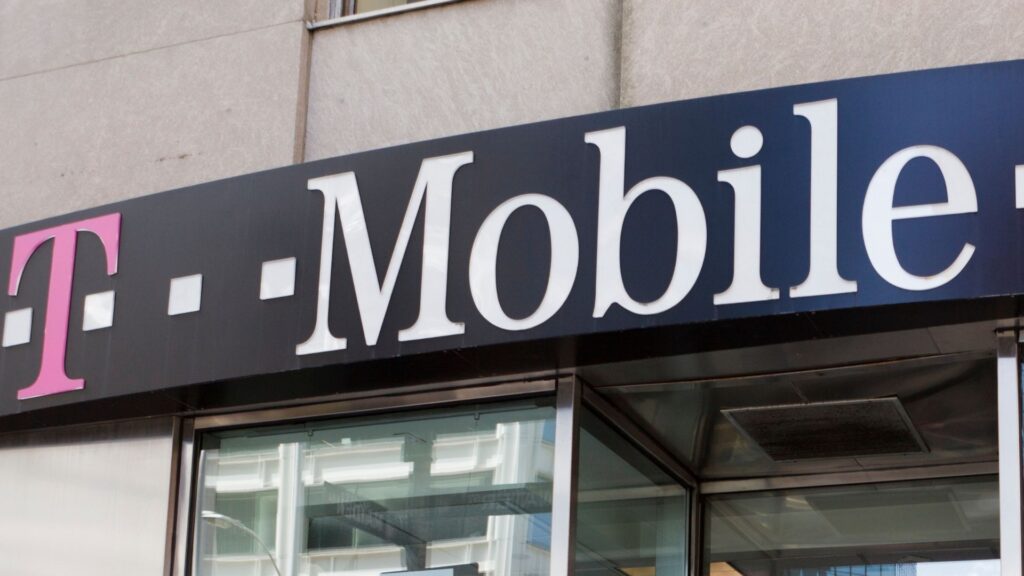
Unlike ATT and Verizon, which aim for headlines of the fastest speed records but limited real-world deployment. T-mobile has focused on getting its wireless ultra capacity 5G offering out to its customers where they are. T-mobile calls its High end 5G UC or 5G Ultra Capacity, and much like ATT’s high-end offering leans heavily into its mid-band spectrum as opposed to low-band.
As a consequence of acquiring, Sprint T-mobile inherited a pristine nationwide spectrum (c-band) that they have been spending years deploying nationwide as 5GUC. This 5GUC offers an extended range 5G and covers 200 million people at true 5G speeds. That’s not to say that T-mobile has ignored the super speed offered in its 2.5 ghz millimeter wave holdings as they have spent big in the latest FCC auction to acquire spectrum in the mm-wave slice.
But for T-mobile, its focus is more on a rising tide that raises all boat’s approach. Rather than focusing its capital in dense urban environments, it’s the consistent rollout of mid-band across its entire footprint that means you are going to get constant speed in more areas.
The Future
Predicting the future is usually left to sages and those with the levers of power. However, in this instance, the future 5G technologies that are coming down the pipe are well documented. One such change is multi-band carrier aggregation for 5G.
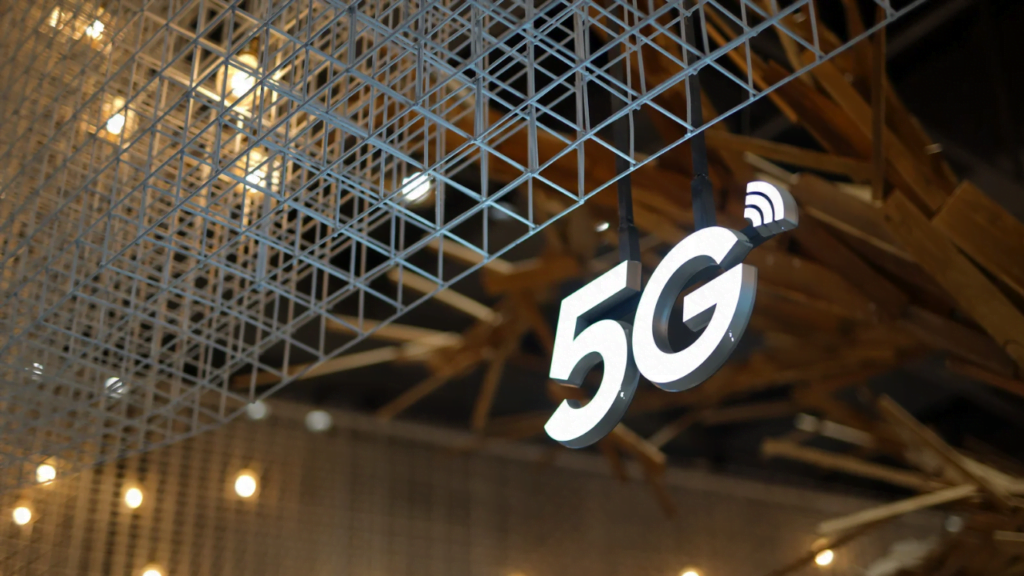
At present, only 4G networks combine multiple channels to act as a large pipe, but this technology is not exclusive to 4G and will soon be implemented first in towers and then in consumer hardware. In many ways, this will allow the speed issues that consumers are facing to be addressed. As of present, bands perform better for speed than range, and if they can be combined, you can gain speed while also increasing the capacity makeing for a more reliable 5g.
This is accomplished by using the speed bands to send data to the device, and it can talk back on the long-range band, or if in specific ranges, the total combined bandwidth can be aggregated together to deliver very high speeds. Furthermore, as more and more 4G spectrum is re-allocated to 5G as 3G was to 4G, the total capacity that consumers can leverage on 5G is only slated to increase.
Home Internet the Next Big Play
Verizon, AT&T, and T-Mobile are all eyeing using home broadband to expand their customer base. As the great adoption of cellphones reaches its peak. Building momentum on their massive rollout in densely populated areas all three has deployed high-speed data offerings to consumers for home internet.
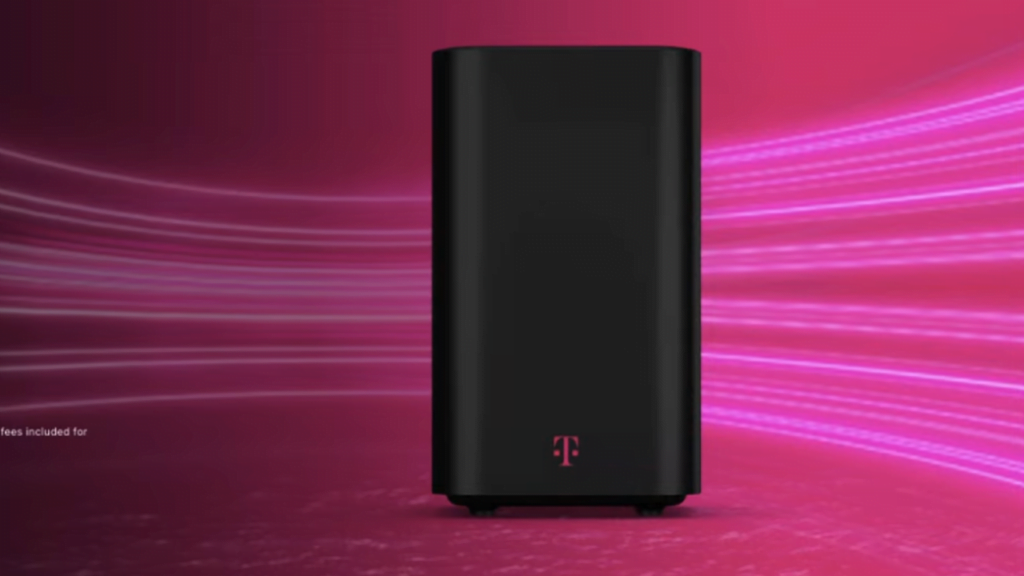
Though at present its been a mixed bag of super-fast speeds and then when in high-traffic sees speeds plummet. It will become over time an alternative in cities and towns to just get your home internet and cellular from one carrier and be done. No need to drill holes in walls to run cable when you just need to plop a router down and you-re connected.
That’s the type of connectivity we want to see keep improving, and here at Mobile Internet Gateway, we watch these trends with open eyes and a quick apple pen stylus. Consider bookmarking our site if you like what you read!
